How to Record Screen in Microsoft Windows 7
Method 1 of 2:
Using OBS Studio
-
 Open the OBS Studio site. Go to https://obsproject.com/ in your computer's web browser. OBS Studio is a free program that allows you to record your screen in high-definition and then save the recordings as playable video files on your computer.
Open the OBS Studio site. Go to https://obsproject.com/ in your computer's web browser. OBS Studio is a free program that allows you to record your screen in high-definition and then save the recordings as playable video files on your computer. -
 Click Windows. It's a green button near the top of the page. This will prompt the OBS Studio setup file to begin downloading onto your computer.
Click Windows. It's a green button near the top of the page. This will prompt the OBS Studio setup file to begin downloading onto your computer. -
 Find the downloaded setup file. You'll usually find downloaded files in the "Downloads" folder, which you can open by pressing ⊞ Win+E and then clicking Downloads on the left side of the resulting window.
Find the downloaded setup file. You'll usually find downloaded files in the "Downloads" folder, which you can open by pressing ⊞ Win+E and then clicking Downloads on the left side of the resulting window. -
 Double-click the OBS Studio setup file. This will prompt the installation window to open.
Double-click the OBS Studio setup file. This will prompt the installation window to open. -
 Install OBS Studio. To do so:
Install OBS Studio. To do so:- Click Yes if prompted.
- Click Next
- Click I Agree
- Click Next
- Click Install
- Wait for the program to finish installing.
-
 Launch OBS Studio. Make sure that the "Launch OBS Studio" box in the middle of the page is checked, then click Finish. OBS Studio will open.
Launch OBS Studio. Make sure that the "Launch OBS Studio" box in the middle of the page is checked, then click Finish. OBS Studio will open.- You can also start OBS Studio by double-clicking its app icon on your desktop.
-
 Navigate through the on-screen prompts. The first time you run OBS Studio, you'll usually be asked if you want to run the Auto-Configuration Wizard. Click on Yes and follow the prompts.
Navigate through the on-screen prompts. The first time you run OBS Studio, you'll usually be asked if you want to run the Auto-Configuration Wizard. Click on Yes and follow the prompts. -
 Click +. It's in the lower-left side of the "Sources" window, which is in the lower-left section of the OBS Studio window. Clicking it prompts a pop-up menu to appear.
Click +. It's in the lower-left side of the "Sources" window, which is in the lower-left section of the OBS Studio window. Clicking it prompts a pop-up menu to appear. -
 Click Display Capture. This option is near the top of the pop-up menu. A new window will open.
Click Display Capture. This option is near the top of the pop-up menu. A new window will open. -
 Check the "Create new" box. You'll find it near the top of the window.
Check the "Create new" box. You'll find it near the top of the window. -
 Enter a name for your capture. Type the name under which you want to save your capture in the text field at the top of the window.
Enter a name for your capture. Type the name under which you want to save your capture in the text field at the top of the window. -
 Click OK. It's at the bottom of the window.
Click OK. It's at the bottom of the window. -
 Click OK again. This will complete the recording setup. You're now ready to begin recording.
Click OK again. This will complete the recording setup. You're now ready to begin recording.- If you want to keep your mouse out of your screen recording, first uncheck the "Capture Cursor" box.
- If you use multiple displays, first click the "Display" drop-down box, then click the name of the display that you want to capture.
-
 Click Start Recording. It's in the lower-right section of the OBS Studio window. Your recording will begin.
Click Start Recording. It's in the lower-right section of the OBS Studio window. Your recording will begin. -
 Click Stop Recording when you're finished. It's in the same place as the Start Recording button. The video will be saved to your computer.
Click Stop Recording when you're finished. It's in the same place as the Start Recording button. The video will be saved to your computer.- To view your screen recording, click File in the menu bar, then click Show Recordings in the resulting drop-down menu.
Method 2 of 2:
Using ScreenRecorder
-
 Open the ScreenRecorder page. Go to https://technet.microsoft.com/en-us/library/2009.03.utilityspotlight2.aspx in a web browser.
Open the ScreenRecorder page. Go to https://technet.microsoft.com/en-us/library/2009.03.utilityspotlight2.aspx in a web browser.- ScreenRecorder is a free utility developed by Microsoft.[1]
-
 Click UtilityOnlineMarch092009_03.exe. It's at the top of the window. Doing so will cause the ScreenRecorder file to download onto your computer.
Click UtilityOnlineMarch092009_03.exe. It's at the top of the window. Doing so will cause the ScreenRecorder file to download onto your computer. -
 Locate the downloaded file. You'll usually find downloaded files in the "Downloads" folder, which you can open by pressing ⊞ Win+E and then clicking Downloads on the left side of the resulting window.
Locate the downloaded file. You'll usually find downloaded files in the "Downloads" folder, which you can open by pressing ⊞ Win+E and then clicking Downloads on the left side of the resulting window. -
 Double-click the setup file. Doing so will launch the installation window.
Double-click the setup file. Doing so will launch the installation window. -
 Install ScreenRecorder. To do so:
Install ScreenRecorder. To do so:- Click Yes when prompted.
- Select an installation location by clicking ⋯, clicking a folder, and clicking OK
- Click Ok
- Click Ok when prompted.
-
 Open the installation folder. Go to the location in which you installed ScreenRecorder, then double-click the UtilityOnlineMarch09 folder there.
Open the installation folder. Go to the location in which you installed ScreenRecorder, then double-click the UtilityOnlineMarch09 folder there. -
 Double-click the "64-bit" folder. It's at the top of the installation folder.
Double-click the "64-bit" folder. It's at the top of the installation folder.- If your computer uses a 32-bit processor, you'll double-click the "32-bit" folder instead.
- You can check your computer's bit number if you don't know whether your computer is 64-bit or 32-bit.
-
 Double-click the "ScreenRecorder" icon. It resembles a computer monitor.
Double-click the "ScreenRecorder" icon. It resembles a computer monitor. -
 Install the Windows Media Encoder 9. Follow the on-screen prompts to do so.
Install the Windows Media Encoder 9. Follow the on-screen prompts to do so. -
 Finish installing ScreenRecorder. Double-click the "ScreenRecorder" icon again, then follow the prompts to install ScreenRecorder in its default location.
Finish installing ScreenRecorder. Double-click the "ScreenRecorder" icon again, then follow the prompts to install ScreenRecorder in its default location. -
 Open ScreenRecorder. Double-click the ScreenRecorder shortcut on your desktop to open it.
Open ScreenRecorder. Double-click the ScreenRecorder shortcut on your desktop to open it. -
 Select the element you want to record. Click the drop-down box on the left side of the ScreenRecorder bar, then select either FULL SCREEN or a specific window to record.
Select the element you want to record. Click the drop-down box on the left side of the ScreenRecorder bar, then select either FULL SCREEN or a specific window to record. -
 Check the Audio box to enable audio recording. If you have a microphone plugged in, you can check the Audio box to enable audio recording along with the video capture. This will allow you to narrate what you are doing in the video.
Check the Audio box to enable audio recording. If you have a microphone plugged in, you can check the Audio box to enable audio recording along with the video capture. This will allow you to narrate what you are doing in the video.- ScreenRecorder uses your default Windows settings for audio input.
- You can adjust audio levels through the Volume settings in the System Tray.
-
 Decide if you want the border of your window to flash. This tool causes the border of the window that is being recorded to flash. It will not appear in the recorded video.
Decide if you want the border of your window to flash. This tool causes the border of the window that is being recorded to flash. It will not appear in the recorded video.- If you don't want to border to flash, check the "No Border Flashing" box before proceeding.
-
 Click OK. It's in the middle of the ScreenRecorder window. This will open the recording tool.
Click OK. It's in the middle of the ScreenRecorder window. This will open the recording tool. -
 Specify a name and file location. Click the button at the top of the recording tool to do so.
Specify a name and file location. Click the button at the top of the recording tool to do so.- ScreenRecorder records in WMV format.
-
 Click the Start button. ScreenRecorder will begin recording your specified area.
Click the Start button. ScreenRecorder will begin recording your specified area.- You can click the yellow Pause button to pause recording.
-
 Finish recording when ready. Click the red Stop button to do so. This will complete the recording and output it to the file that you specified.[2]
Finish recording when ready. Click the red Stop button to do so. This will complete the recording and output it to the file that you specified.[2]
3.5 ★ | 2 Vote
You should read it
- The best recording app for Android
- Please download more than 90 beautiful windows wallpapers for your computer
- 10 best song recording apps for Android
- How to add 'Open command window here as administrator' to the right-click menu on Windows 10
- How to Open an ARF File on PC or Mac
- The best video recording apps for Ubuntu
- How to add 'Open PowerShell window here as administrator' to the right-click menu on Windows 10
- 3 easy ways to record calls on iPhone
May be interested
- How to Record Your Screen in Windows 10
 this wikihow teaches you how to record your windows 10 screen using the built-in xbox game bar or a free app called flashback express recorder. open the game bar app. you can do so by clicking xbox game bar in the start menu, or by typing...
this wikihow teaches you how to record your windows 10 screen using the built-in xbox game bar or a free app called flashback express recorder. open the game bar app. you can do so by clicking xbox game bar in the start menu, or by typing... - Screen capture tools for GIF screens for Windows 10
 most computer screen video capture software only record videos in mp4 format. however, with the tools below you can record screen video as gif.
most computer screen video capture software only record videos in mp4 format. however, with the tools below you can record screen video as gif. - How to record Samsung Galaxy A12 screen without App
 by recording the phone screen, you can save the images displayed on the screen so you can livestream the game on your phone or record tips to guide users. so how to record samsung galaxy a12 screen? please follow tipsmake in the article below
by recording the phone screen, you can save the images displayed on the screen so you can livestream the game on your phone or record tips to guide users. so how to record samsung galaxy a12 screen? please follow tipsmake in the article below - Instructions to record video on Windows 10 screen without software
 when you want to record video on your screen but don't want to install a second software, windows 10 can meet your needs with its game bar function. let tipsmake.com learn the method of video screen recording, which will not need other software.
when you want to record video on your screen but don't want to install a second software, windows 10 can meet your needs with its game bar function. let tipsmake.com learn the method of video screen recording, which will not need other software. - How to record iPhone screen video, How to record iPhone screen with sound
 the iphone screen recording feature is really useful, helping you to save interesting moments, or create manual clips. along with that, to record sound, it will take a small step.
the iphone screen recording feature is really useful, helping you to save interesting moments, or create manual clips. along with that, to record sound, it will take a small step. - Instructions to record screen video on Windows 7 without software
 the following article guides you to record the windows 7 computer screen without wanting to install any supporting software.
the following article guides you to record the windows 7 computer screen without wanting to install any supporting software. - How to record Netflix screen on PC and phone
 screen recording is one of the tricks most people use today, but not everyone knows how to record netflix screen. so how to record netflix screen on phone or computer? please follow us in the article below.
screen recording is one of the tricks most people use today, but not everyone knows how to record netflix screen. so how to record netflix screen on phone or computer? please follow us in the article below. - How to Record Screen Video on Windows 7
 this article shows you how to record your windows 7 computer screen. to do this, you can use free programs such as obs ('open broadcaster software') studio or screenrecorder.
this article shows you how to record your windows 7 computer screen. to do this, you can use free programs such as obs ('open broadcaster software') studio or screenrecorder. - Instructions for recording iPhone and iPad screen videos on the computer
 there are many ways to get back to the iphone and ipad screens, but recently, apple has officially released a way to help you record the screen easily if you use a mac and windows pc. the following article will guide you how to do it.
there are many ways to get back to the iphone and ipad screens, but recently, apple has officially released a way to help you record the screen easily if you use a mac and windows pc. the following article will guide you how to do it. - How to use Xbox Game DVR to record screen in Windows 10
 the built-in xbox 10 application in windows 10 has an unofficial tool used to record tv shows.
the built-in xbox 10 application in windows 10 has an unofficial tool used to record tv shows.
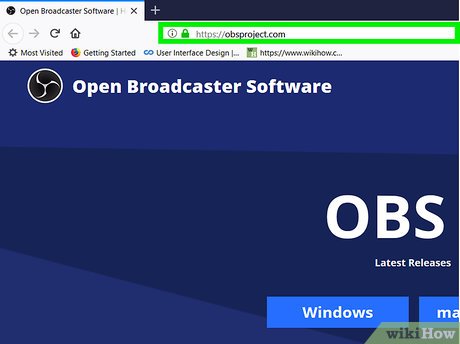

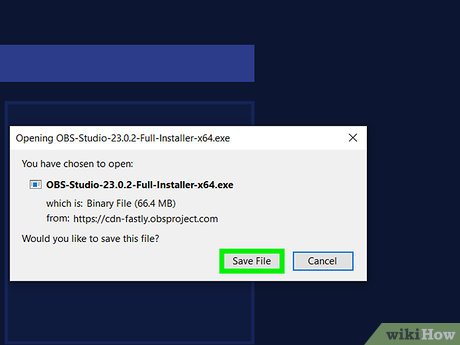




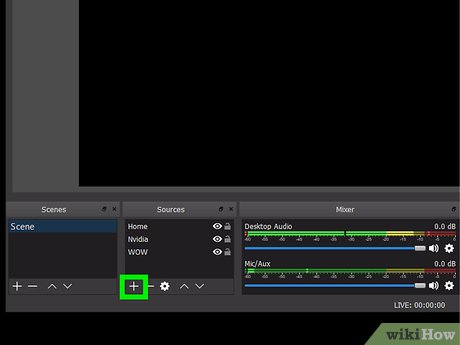

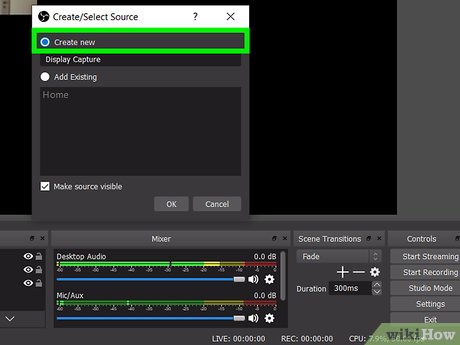



















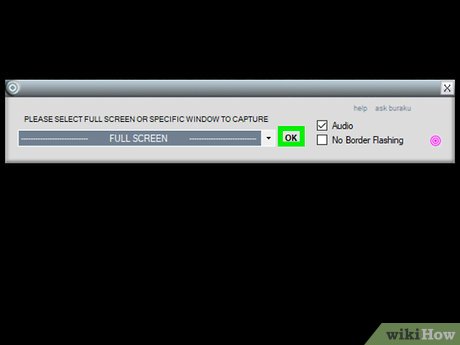







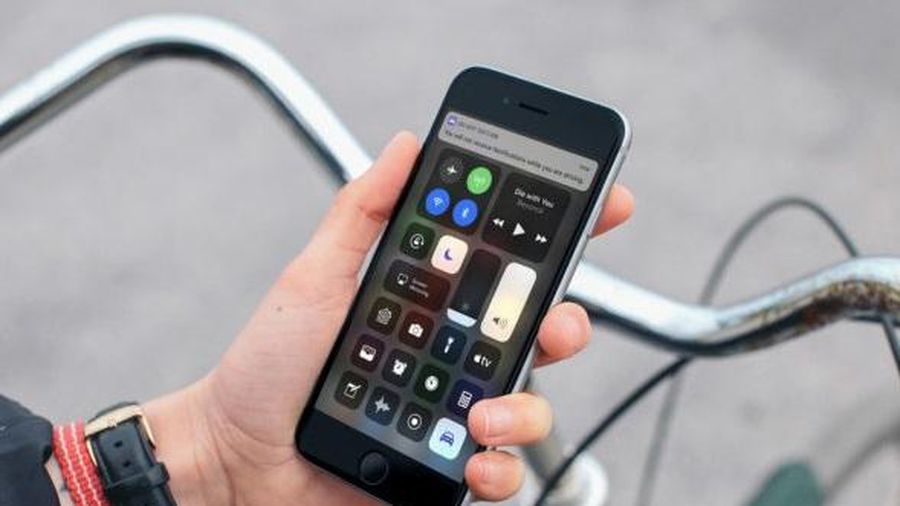





 How to Uninstall Internet Explorer 11 for Windows 7
How to Uninstall Internet Explorer 11 for Windows 7 How to Reformat Windows 7
How to Reformat Windows 7 How to Reset Windows 7 Administrator Password
How to Reset Windows 7 Administrator Password How to Format the C Drive With Windows 7
How to Format the C Drive With Windows 7 How to Reinstall Windows 7 Without CD
How to Reinstall Windows 7 Without CD How to Uninstall Windows 7 from Your Computer
How to Uninstall Windows 7 from Your Computer